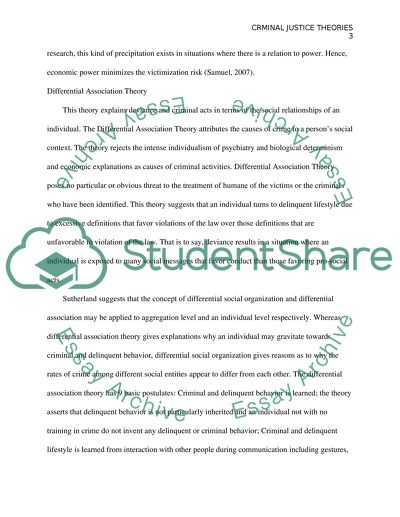Cite this document
(“Criminal Justice Theories Research Paper Example | Topics and Well Written Essays - 1500 words”, n.d.)
Retrieved from https://studentshare.org/law/1461273-criminal-justice-theories
Retrieved from https://studentshare.org/law/1461273-criminal-justice-theories
(Criminal Justice Theories Research Paper Example | Topics and Well Written Essays - 1500 Words)
https://studentshare.org/law/1461273-criminal-justice-theories.
https://studentshare.org/law/1461273-criminal-justice-theories.
“Criminal Justice Theories Research Paper Example | Topics and Well Written Essays - 1500 Words”, n.d. https://studentshare.org/law/1461273-criminal-justice-theories.


